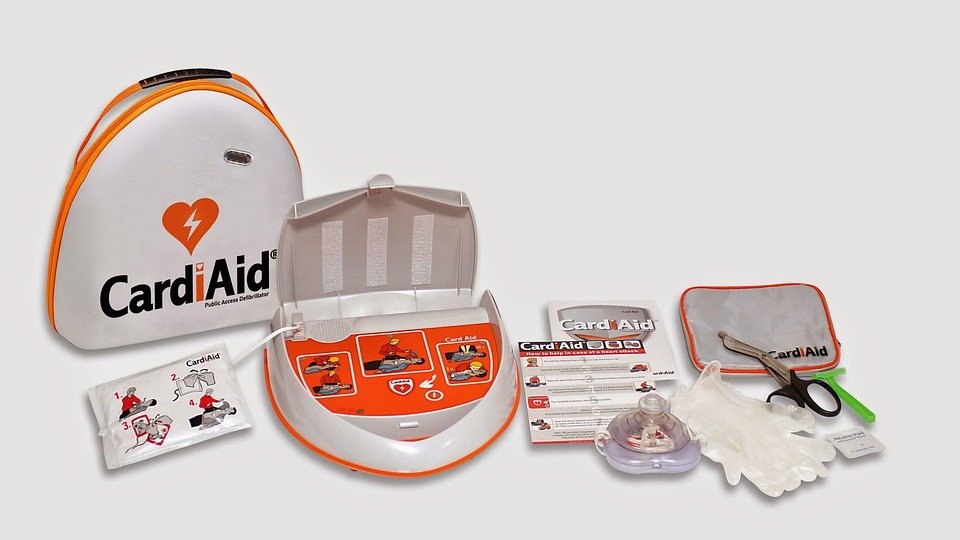 Pediatric rheumatology is a specialized field of medicine that focuses on diagnosing and treating children with rheumatic diseases. These diseases can affect the joints, muscles, and bones of young patients, causing pain, inflammation, and other symptoms. Understanding the challenges and treatments for pediatric rheumatology is essential for providing the best possible care for these young patients.
Pediatric rheumatology is a specialized field of medicine that focuses on diagnosing and treating children with rheumatic diseases. These diseases can affect the joints, muscles, and bones of young patients, causing pain, inflammation, and other symptoms. Understanding the challenges and treatments for pediatric rheumatology is essential for providing the best possible care for these young patients.One of the biggest challenges in pediatric rheumatology is the complexity of diagnosing these conditions in children. Rheumatic diseases can present with a wide range of symptoms, and many of these symptoms can be similar to those of other childhood illnesses. This can make it difficult for healthcare providers to accurately diagnose rheumatic diseases in young patients. Additionally, children may have difficulty communicating their symptoms, making it even more challenging to determine the cause of their pain and discomfort.
Another challenge in pediatric rheumatology is the impact that these diseases can have on a child’s physical and emotional well-being. Rheumatic diseases can be chronic and debilitating, affecting a child’s ability to participate in everyday activities and enjoy a normal childhood. These diseases can also cause emotional distress, as children may struggle to cope with the pain and limitations that come with their condition. It is important for healthcare providers to address both the physical and emotional aspects of pediatric rheumatology in order to provide comprehensive care for young patients.
Despite these challenges, there are a variety of treatments available for pediatric rheumatic diseases that can help young patients manage their symptoms and improve their quality of life. One of the most common treatments for rheumatic diseases in children is medication. Nonsteroidal anti-inflammatory drugs (NSAIDs), corticosteroids, and disease-modifying antirheumatic drugs (DMARDs) are commonly used to reduce inflammation, relieve pain, and slow the progression of the disease. Biologic therapies, which target specific components of the immune system, are also used to treat certain types of pediatric rheumatic diseases.
In addition to medication, physical therapy and occupational therapy can also be beneficial for children with rheumatic diseases. These therapies can help young patients improve their strength, flexibility, and mobility, as well as learn techniques for managing their symptoms and preventing complications. In some cases, surgery may be necessary to repair damaged joints or correct deformities caused by the disease.
It is important for healthcare providers to work closely with families and other members of the healthcare team to develop a comprehensive treatment plan for children with rheumatic diseases. This plan should take into account the child’s individual needs and goals, as well as any potential side effects or complications of treatment. Regular monitoring and follow-up appointments are also essential to ensure that the treatment plan is effective and to make any necessary adjustments as the child’s condition changes.
In conclusion, pediatric rheumatology presents unique challenges for healthcare providers, as they work to diagnose and treat rheumatic diseases in young patients. By understanding these challenges and utilizing a combination of medication, therapy, and surgery, healthcare providers can help children with rheumatic diseases manage their symptoms and improve their quality of life. With a comprehensive and multidisciplinary approach to care, children with rheumatic diseases can lead happy, healthy, and active lives.

You might be interested in learning more about rheumatic diseases and pediatric rheumatology. Speaking of rheumatic diseases, you might be interested in Rheumatism. Additionally, if you want to delve into more details about pediatric rheumatology, you can check out Pediatric Rheumatology. Both articles provide valuable information that can expand your understanding of the challenges and treatments involved in this specialized field of medicine.



